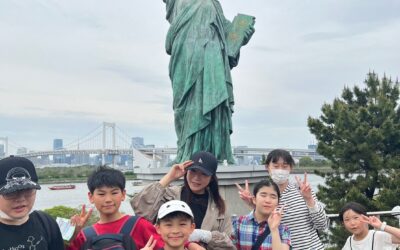Chiran, Kagoshima Prefecture, Japan
これは、英語を学ぶ日本人に向けた教材づくりの一環として、
私がどうしても訪れておきたかった場所・知覧を訪ねた記録です。
This blog documents my journey to Chiran,
a place I personally felt I needed to visit before creating materials for Japanese learners of English.
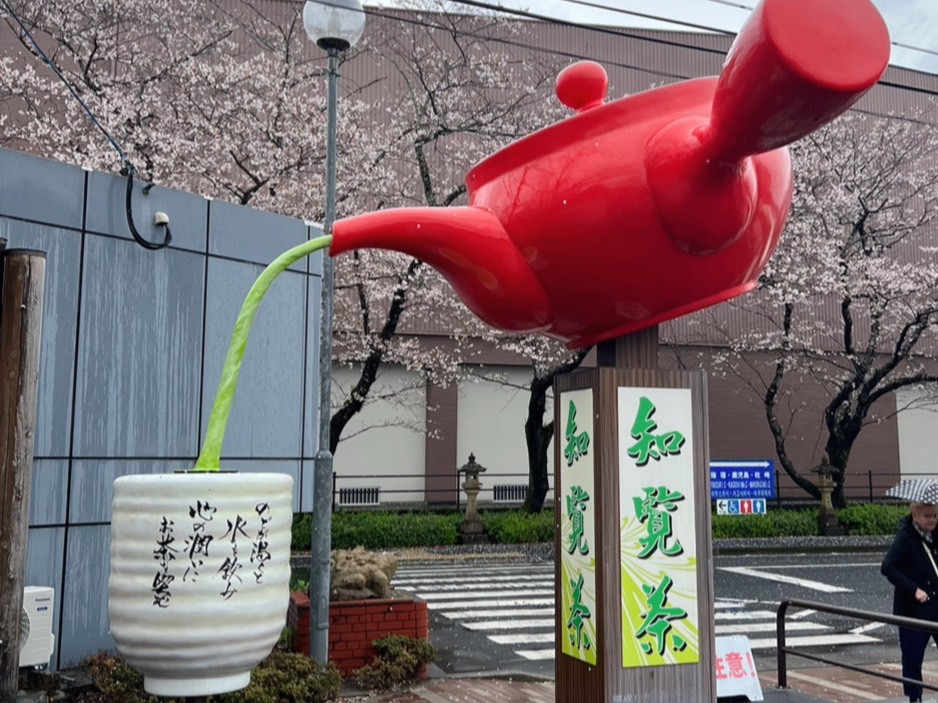
A snow day in early April. Far too cold for the season.
My first visit to Chiran. The cold pierced through me.
Chiran is known for its green tea.
It is said to rival Shizuoka and Mie in production.
Cherry blossoms had just begun to bloom.
The fields of rapeseed were in full color.
A bitterly cold day of spring.
And yet, it was beautiful.
From this very landscape, they flew.
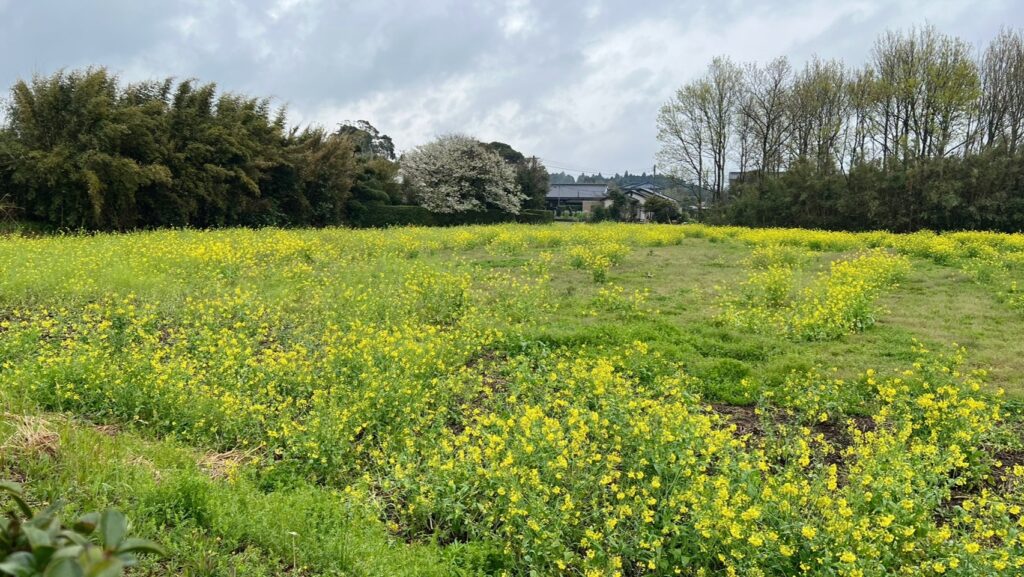
I don’t like crying in front of people.
I don’t like speaking emotionally.
A vow is not something to share.
Chiran is not a tourist destination.
It’s not a place for cheerful visits with friends.
It’s not a place to “be moved,” or to “change your values.”
There is only one thing I know for sure:
There were people who gave up their one and only life
to protect what they believed in—
this country, its people, what they held dear.
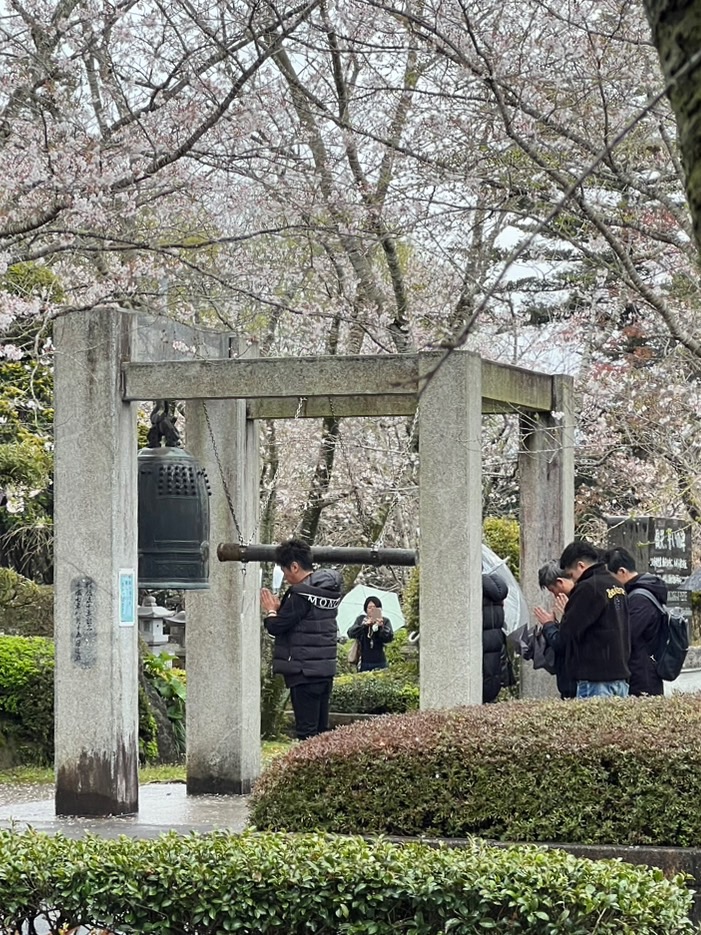
They were human, no different from us.
They were, like us, someone’s son, someone’s father, brother, or friend.
They weren’t especially strong.
They weren’t brainwashed.
They didn’t go without fear.
Each of them wrestled with their thoughts.
In the few short days between being ordered and flying out,
They somehow found the will to carry on.
They flew off, knowing Japan would lose,
But still, for the sake of those who would come after.
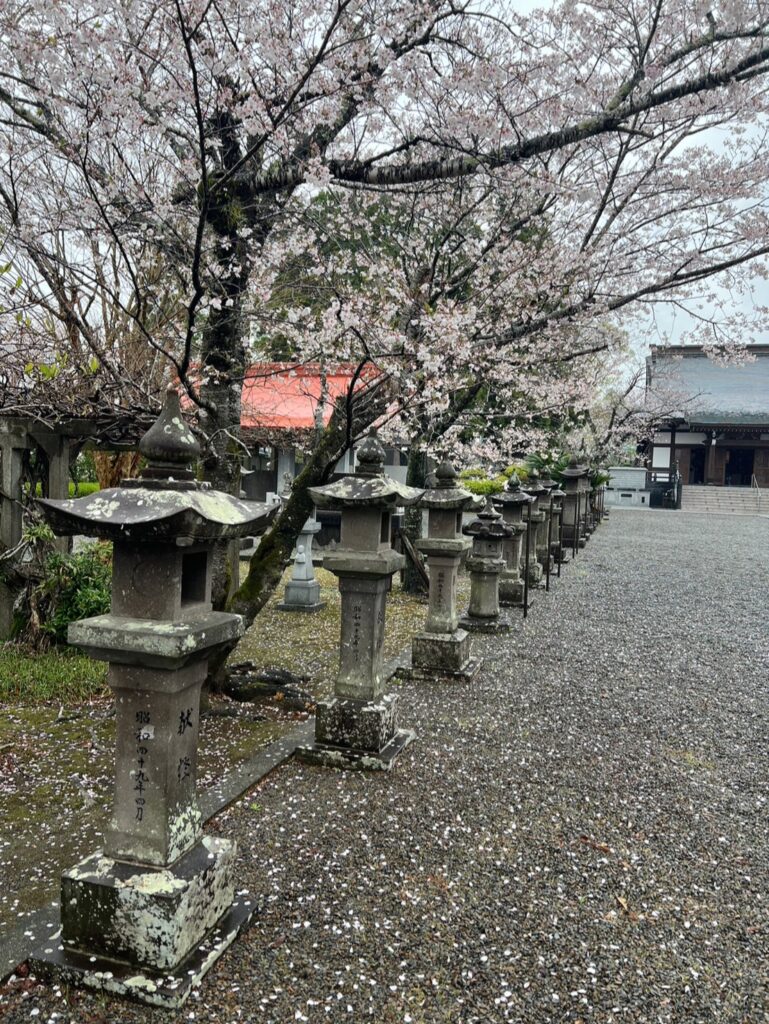
Our lives now rest on what they left behind.
What I felt—I’ll carry with me.
Not to talk about, but to live by.
That was all.
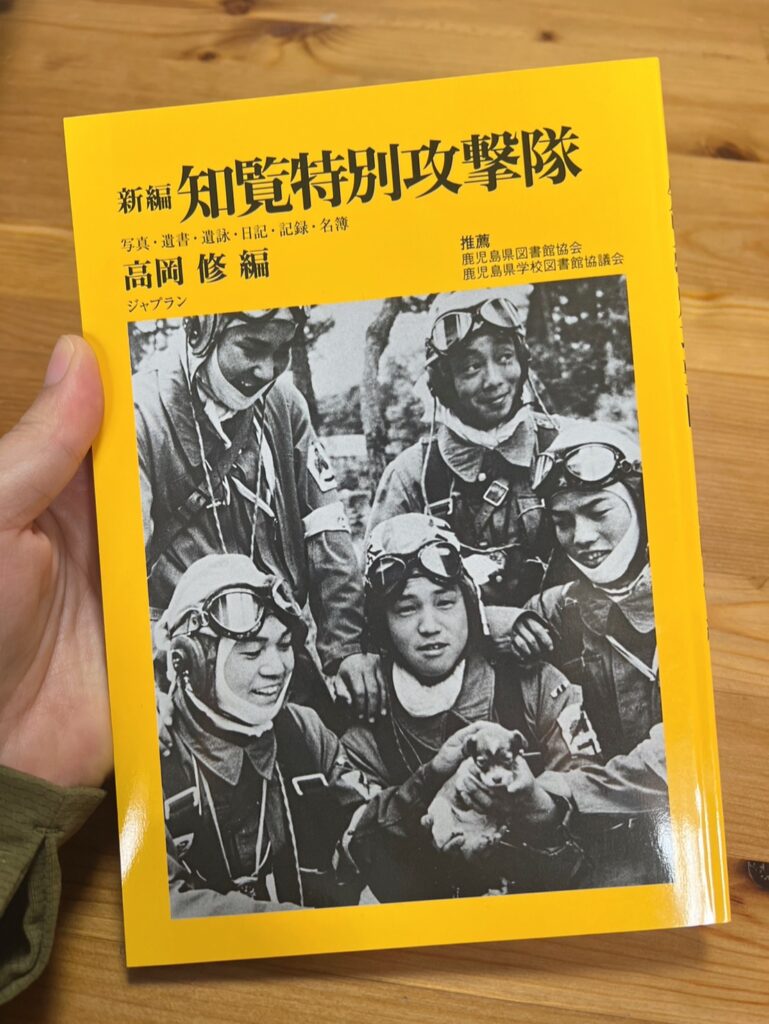
The young men in the photo were said to be just 17 or 18.
One of them reminded me of a boy in my own class—a 17-year-old student.
Just a few weeks ago,
he told me his dream: “I want to be a pilot.”
That’s why it struck me even harder.
The innocent smile in that black-and-white photo overlapped with his.
And I had no words.
That photo was taken about two hours before his final sortie.
It wasn’t a story from long ago.
It was only 80 years ago.
We have to keep telling what truly happened,
so it will never be forgotten.
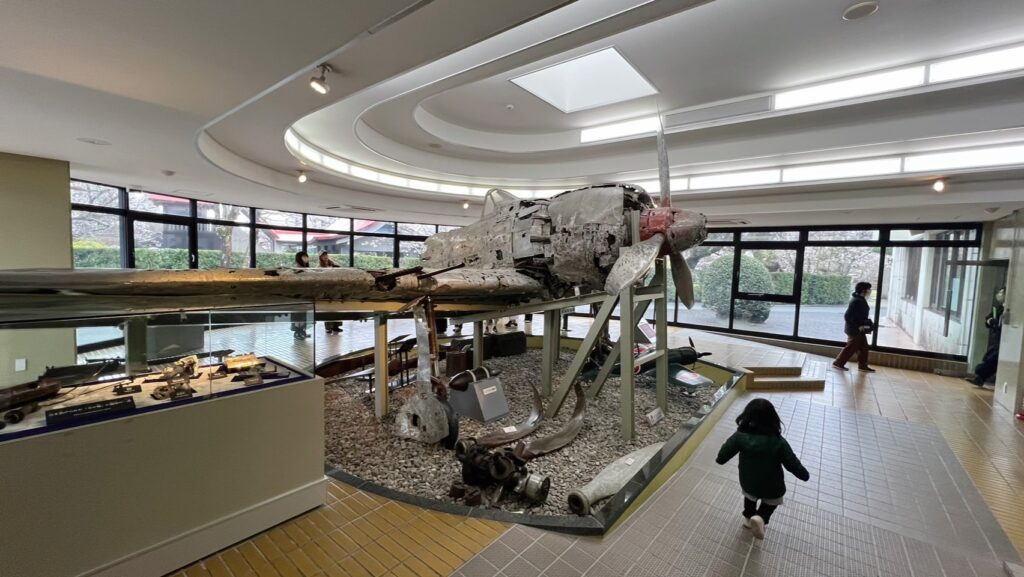
Chiran is a place I want to visit alone, again and again.
With no time limits. No rush.
The letters, poems, and journals on display—
written in beautiful, careful calligraphy—
overflow with love, respect, and gratitude
for their parents, their country, and all they left behind.
As I read, I felt my breath catch.
My chest tightened.
It was not something to rush through.
I knew I needed to take time, and take it in quietly.
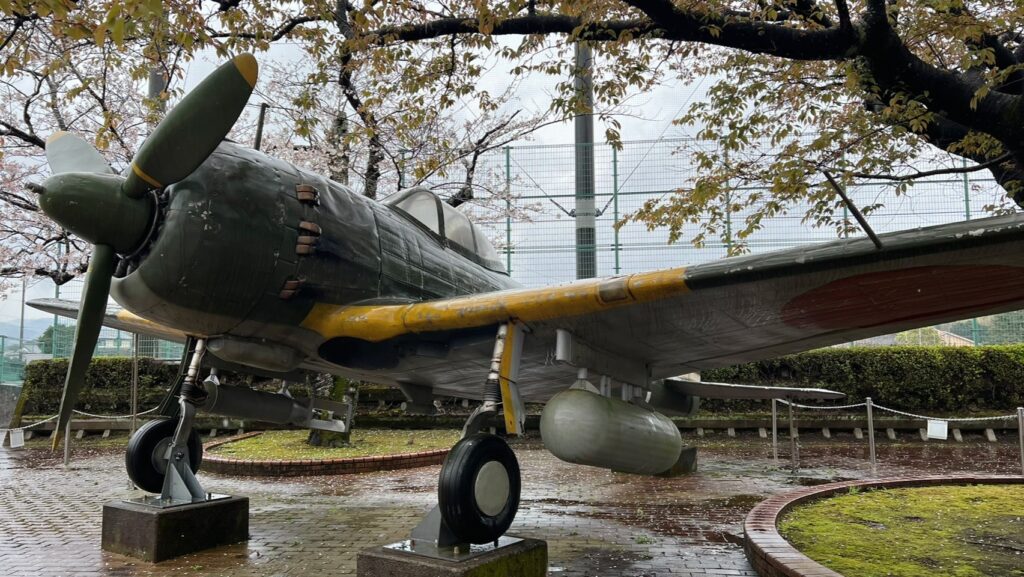
I’ve often heard people say:
“Every Japanese person should visit Chiran at least once.”
“If you’ve lost your way in life, go to Chiran.”
I think they’re right.
Especially the young. I hope they go.
Not because I want them to compare themselves to the young pilots.
Not to say, “Look how noble they were—what about you?”
No, not at all.
But because there is something—
something you feel, as a Japanese person,
that you can only feel by standing in that place.
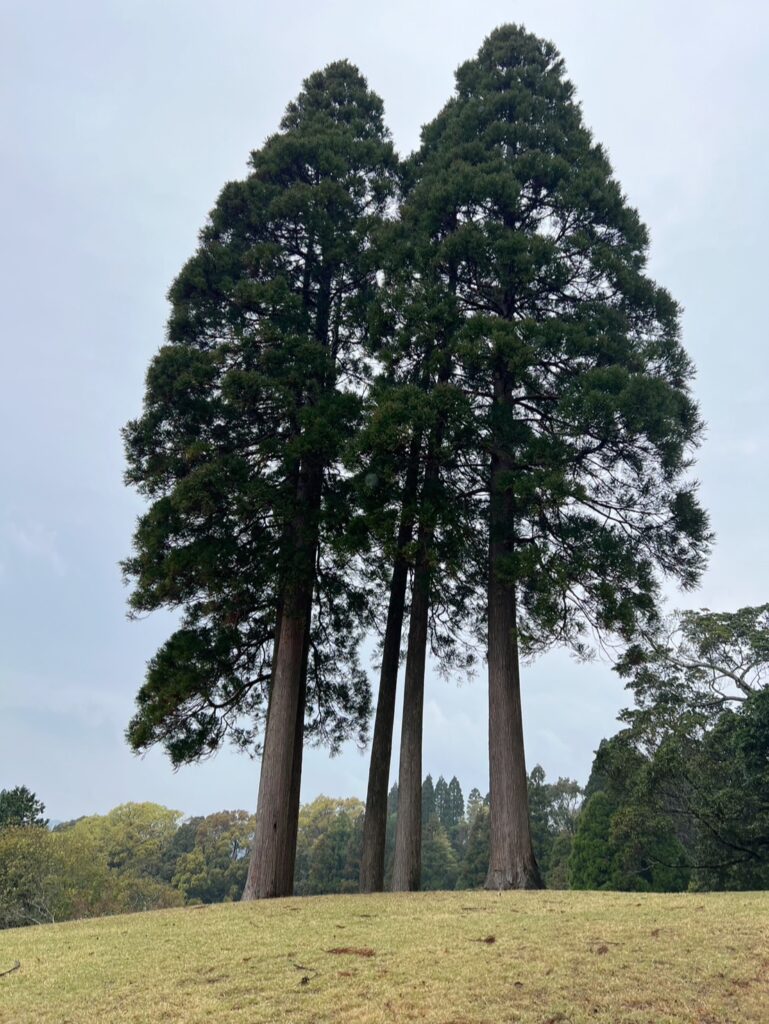
To face death
is to look at how we live.
The kamikaze pilots had, on average, two or three days left to live.
If you knew your days were numbered,
what would you leave behind for the people you love?
When you truly become aware of death,
what rises naturally before you
is life.
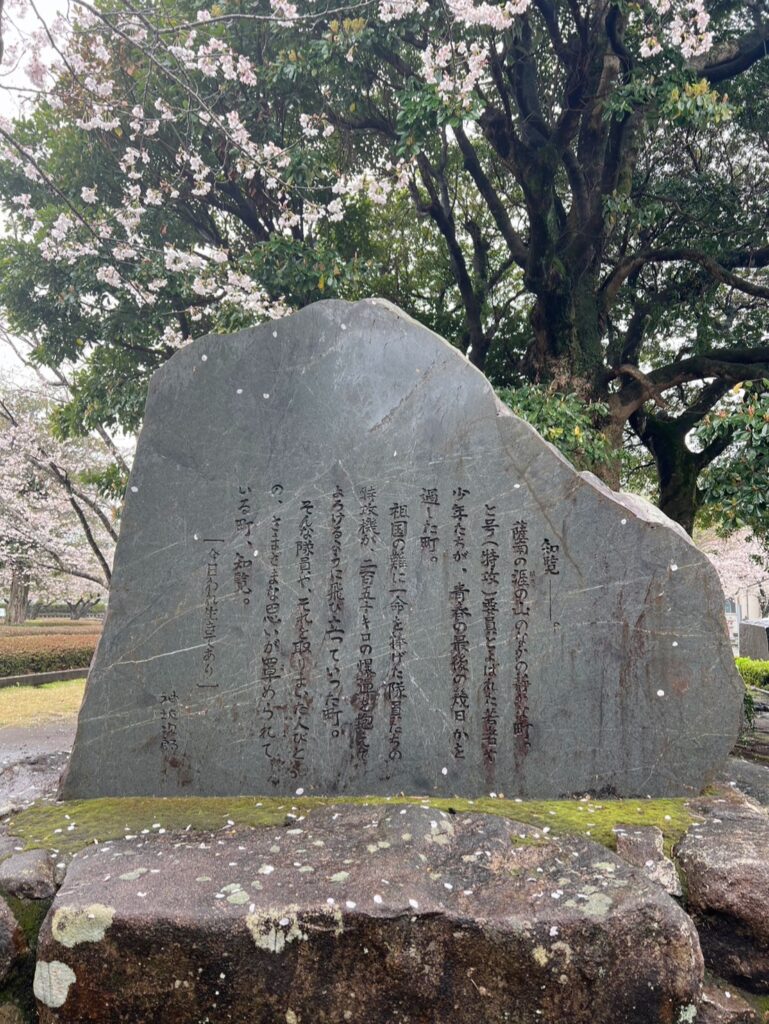
知覧—。
薩南の涯の山のなかの静かな町。
と号(特攻)要員とよばれた若者や少年たちが、青春の最期の幾日かを過ごした町。
祖国の難に命を捧げた隊員たちの特攻機が、二百五十キロの爆弾を抱えて、よろけるように飛び立っていった町。
そんな隊員や、それを取りまいた人びとの、さまざまな思いが罩められている町、知覧。
『今日われ生きてあり』
— 神坂次郎
Chiran—
A quiet town tucked in the mountains at the southern tip of Satsuma.
A place where young men, called “special attack” pilots, spent their final days of youth.
From here, they took off in aircraft laden with 250kg bombs, staggering into the sky—
offering their lives for their homeland in its time of crisis.
Chiran is a town shrouded in the thoughts of those young pilots,
and of those who surrounded them.
“Today, I am still alive.” (Kyo Ware Ikite Ari )
— by Jiro Kosaka



